ADVERTISEMENT

ADVERTISEMENT
Parmigiani Fleurier may not be the first name on the lips of fine watchmaking enthusiasts when the world's top haute horlogerie brands are discussed, but the firm remains, despite this, one of the quiet giants of Swiss fine watchmaking. The company was founded in 1996 by Michel Parmigiani with the support of the Sandoz Family Foundation. The latter has many activities, but supporting Swiss fine watchmaking is one of its most important (the foundation was set up in the 1960s by Edouard-Marcel Sandoz, whose family had founded the firm which eventually became Novartis), and Parmigiani Fleurier sits at the center of a constellation of companies which are not particularly well-known to the average watch consumer or enthusiast, but which are a central part of the structure of Swiss watchmaking.
These include Les Artisans Boitiers, which makes cases; Elwin and Atokalpa, which are suppliers of many critical components, including balance springs; and probably the best-known manufacturing center, Vaucher Manufacture (them you've probably heard of) which makes movements for a number of different clients, including Hermès and Richard Mille. Parmigiani Fleurier is, therefore, able to draw on enormous technical resources directly (which many other brands cannot), and as a result, it can make everything from high-grade, time-only wristwatches, up to and including astronomical complications, minute repeaters, and so on. The company has often hewed to a fairly traditional notion of luxury watchmaking, especially in its tendency to create watches primarily in precious metals, but they have just introduced a new chronograph wristwatch in steel – the Tondagraphe GT – which, while very much an haute horlogerie watch, offers functionality and finish at a price point much more accessible than such a watch would be from virtually any of its competitors.
Parmigiani Fleurier's cases have proportions, so founder Michel Parmigiani has said, which are derived from the so-called Golden Ratio, a mathematical and geometric relationship which has a rather dull-sounding definition (it is an irrational number, represented by the Greek letter phi, and a solution to the quadratic equation x² – x – 1 = 0, if you're interested in that sort of thing). But in geometry, it can generate the so-called logarithmic spiral which seems to be beautifully ubiquitous in nature; the Golden Ratio is also found in many creative fields, such as art, music, and architecture. The result, in practical terms, is a general design language at the company which tends to give an impression of very subtle biomorphism; rounded and elongated forms abound and there are few completely straight lines.
The Tondagraphe GT exhibits this characteristic but in a rather subtle fashion. The bracelet, for example, flows organically from the lugs through each of the side and center links, diminishing in width towards the clasp; these curves are set off by the shape of the chronograph pushers, which look a bit like a cross-section of an airfoil, and by such easy-to-miss but important details as the slight concavity at the juncture of the case middle and the first bracelet link, and convex profile of the second center link. The coin-edge bezel has been a feature of Parmigiani watches from the very beginning and can be seen in the bezel of the Toric Memory Time, which launched the year the brand was born, and which is still founder Michel Parmigiani's personal daily watch (and why not; in fine watchmaking, we expect a good watch with a good design to give satisfaction for a lifetime, and 1996 is not all that long ago).
The 2017 Tonda Chronor, whose design was the foundation for the Tondagraphe GT.
According to Davide Traxler, Parmigiani's CEO, the original inspiration for the design of the Tondagraphe GT was the Tonda Chronor rattrapante chronograph – that particular watch is a feast for the eyes on every level, with its extremely refined case and gorgeous gold movement. The $135,000 Chronor was introduced in 2017 and would go on to win the prize for chronographs at the 2017 GPHG. Says Traxler, "I wished to maintain our core quality and excellence in finishing, and also the visual approach of the Tonda Chronor in the GT collection The bracelet design came before the case itself, as integration was key and too often I have experienced watches where the bracelet appears to be uncoherent. The integration of the metal bracelet and rubber strap to the lugs defined the look of the case and ultimately also the dial finishing, hands and polishing choices."
The general sense of harmony and well-managed proportion is, I think, held up well by the dial, which has quite a few elements but manages to keep them sufficiently controlled that it doesn't stray too far into looking too busy for its own good. There is a lot going on – the double date window, the three sub-dials, the half-diameter running seconds with its double-length hand, and below it, the month indication (we'll get to why that's there in a moment). The dial also has a high-grade clous triangulaire guilloché finish, along with very brightly polished rhodium-plated applied indexes and highly polished hands. However, here again good management of proportions keeps the dial out of trouble – the handling of the sub-dials keeps them a bit more in the background than one usually sees in a sports (or at least, sports-adjacent) chronograph, and the little splash of orange color in the date window and month window add just enough pop to prevent the dial from feeling too flat.
Again, this is all rather subtly done, but obviously, whatever person or persons are behind the dial design were clearly paying attention to every element. You might, by the way, think you are looking at completely skeletonized hands, but they're actually filled with black lume at the tips, as are the indexes.
The Tondagraphe GT has as its engine the self-winding (and, obviously, in-house, if you consider Vaucher in-house for Parmigiani, which I do) caliber PF043, which runs at 28,800 vph in 56 jewels; like most Parmigiani movements, it's fairly flat, at 30mm x 7.40mm. The power reserve is 45 hours at full wind, and the rotor is 22 karat gold and glows rather handsomely against the rhodium of the plates and bridges and the steel of the case. The general layout, including the overall configuration of the bridges and location of the visible jewels, suggests a common basic architecture with the Manufacture Vaucher Seed VMF 3022, although obviously in a higher grade execution. Rather amazingly, for a sub-$20,000 luxury watch, you get not only a chronograph, but an annual calendar as well (hence the need for the month window, in addition to the date).
I'm not sure whether to what extent it's a psychological effect from all the subtle curves of the case and bracelet, but it's an awfully comfortable watch, either on the bracelet (as shown) or on the optional black rubber strap. I think for me personally, the bracelet would be the more desirable option simply because it extends the design language of the watch case so nicely. In any event, at 42mm x 13.7mm you get a big enough watch to provide some reassuring heft on the wrist, but one whose size does not translate to an overbearing wrist presence, and which carries itself with considerably more grace than is generally the case with 40mm+ steel chronographs.
Annual calendar chronographs are not terribly common, partly due to the fact that the annual calendar is a fairly young complication – the very first was from Patek Philippe, and it debuted in 1996 (coincidentally, the year Parmigiani Fleurier was founded). Patek Philippe used to do one in steel – the ref. 5960/1A – which was produced from 2014 to 2018 but is no longer in production, and a 5905 flyback chronograph with annual calendar, in gold, will set you back $65,770 of your favorite dollars. At the lower end of the price spectrum is the Ulysse Nardin Marine Chronograph Annual Calendar, which in steel gives you a relatively soft landing at $11,900, albeit with a slight size penalty; it's a 43mm watch. For an even softer landing, I would be remiss in not mentioning Carl F. Bucherer's Heritage Bicompax Annual Calendar – pretty enticing at $7,200, as long as you can live with the ETA base caliber and Dubois Depraz module. The Tondagraphe GT in steel comes in at, more or less, double the cost of the two contenders at the lower end, at $19,500 on a bracelet, but ups the ante with a more exclusive movement and a highly refined, rather idiosyncratic design.
It's an unusual complication from a highly regarded and significant manufacturer, but to me, what's most interesting about the Tondagraphe GT is what it represents in terms of the evolution of Michel Parmigiani's original notions of watch design. Chronographs tend to have, for obvious reasons, fairly strong family resemblances, but the Tondagraphe GT manages the quite difficult feat of reminding one of nothing other than itself – a mature and confident wristwatch, replete with classical harmony, for an uncertain and turbulent age.
The Parmigiani Fleurier Tondagraphe GT Annual Calendar Chronograph: case, stainless steel, 42mm x 13.7mm, sapphire front and back, with 100 meters' water resistance. Movement, self-winding caliber PF043, 30mm x 7.4mm; 45-hour power reserve, running at 28,800 vph in 56 jewels. Limited edition of 200 pieces worldwide; price, $19,500 with a steel bracelet; $18,500 on a rubber strap. Currently available for pre-order. Find out more at Parmigiani.com.


























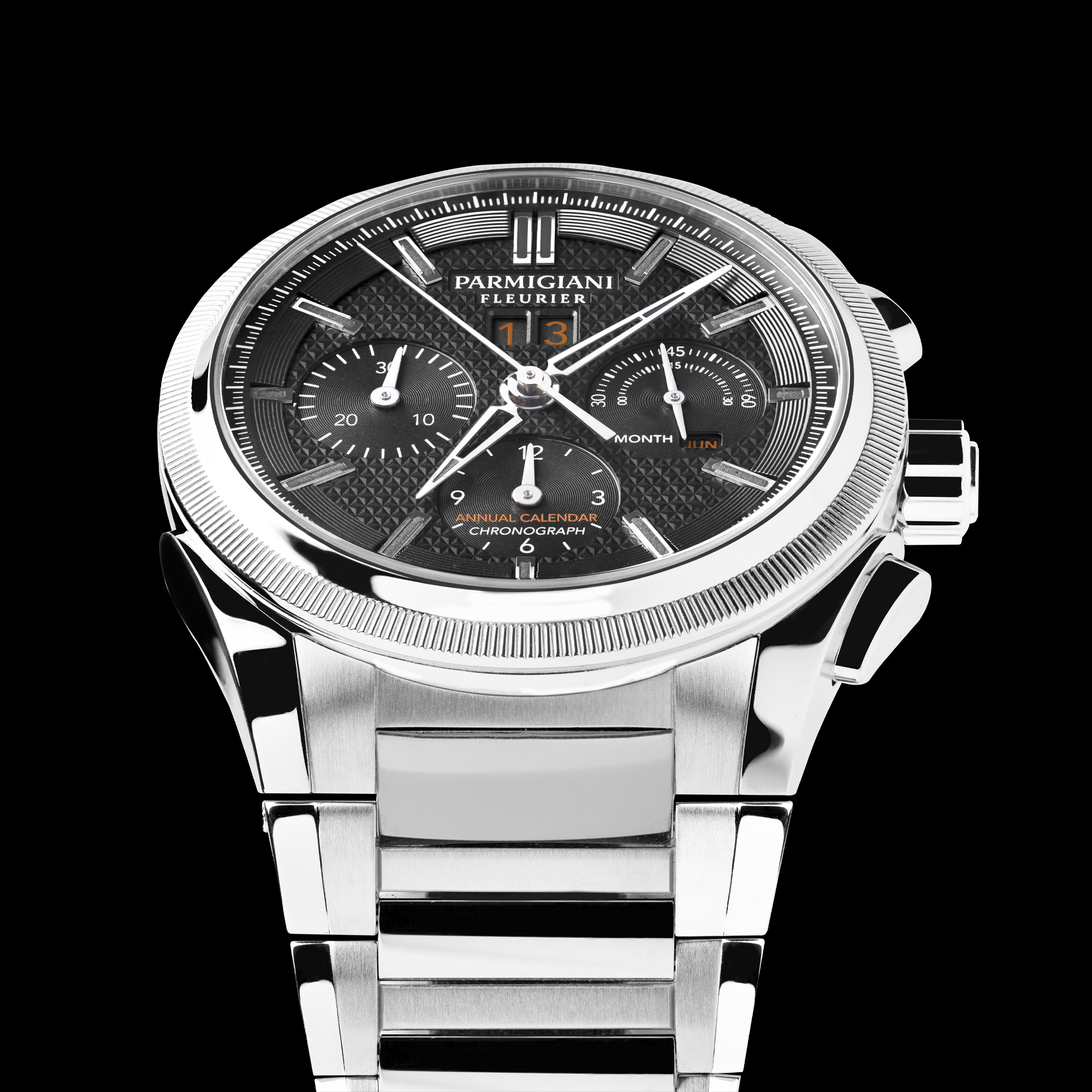



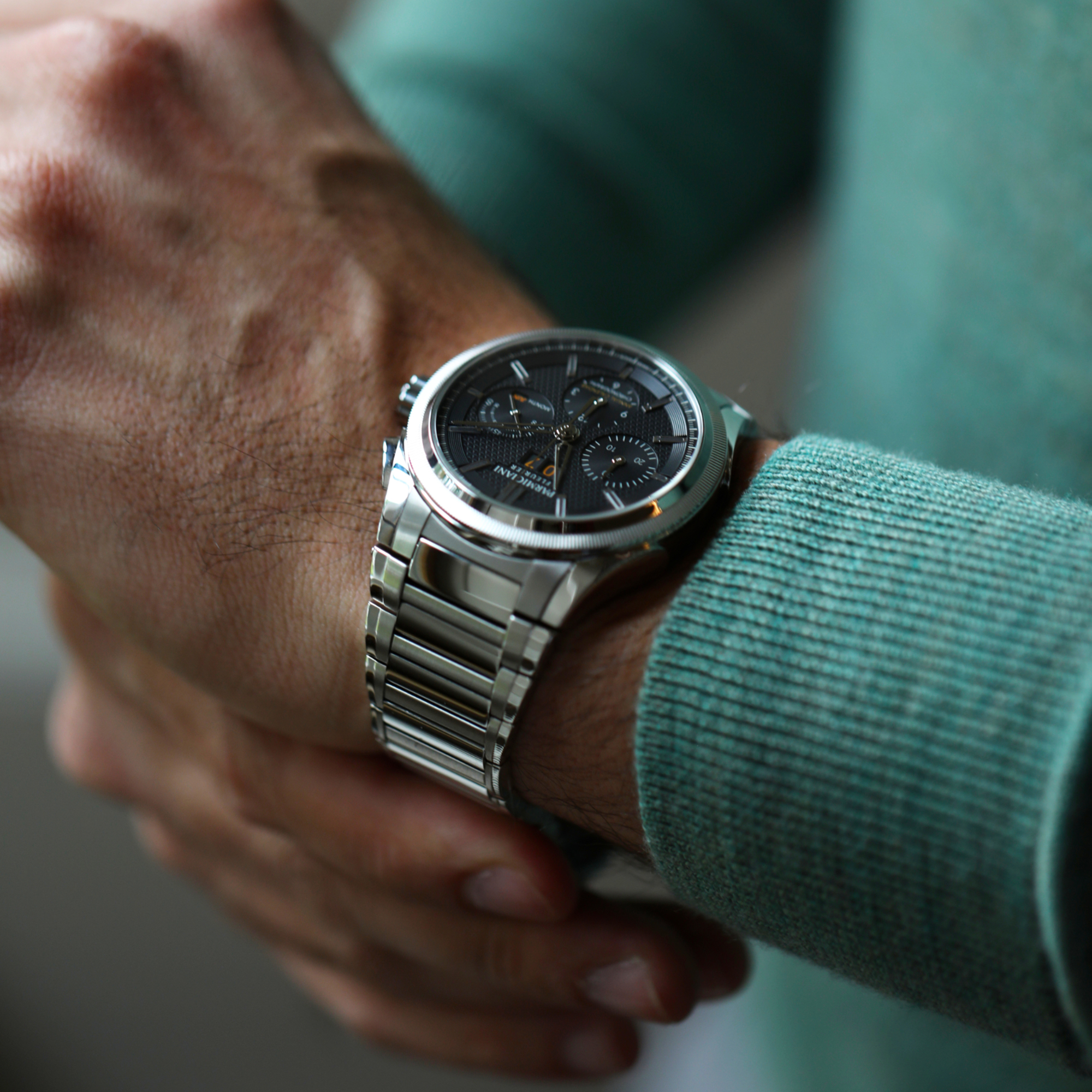
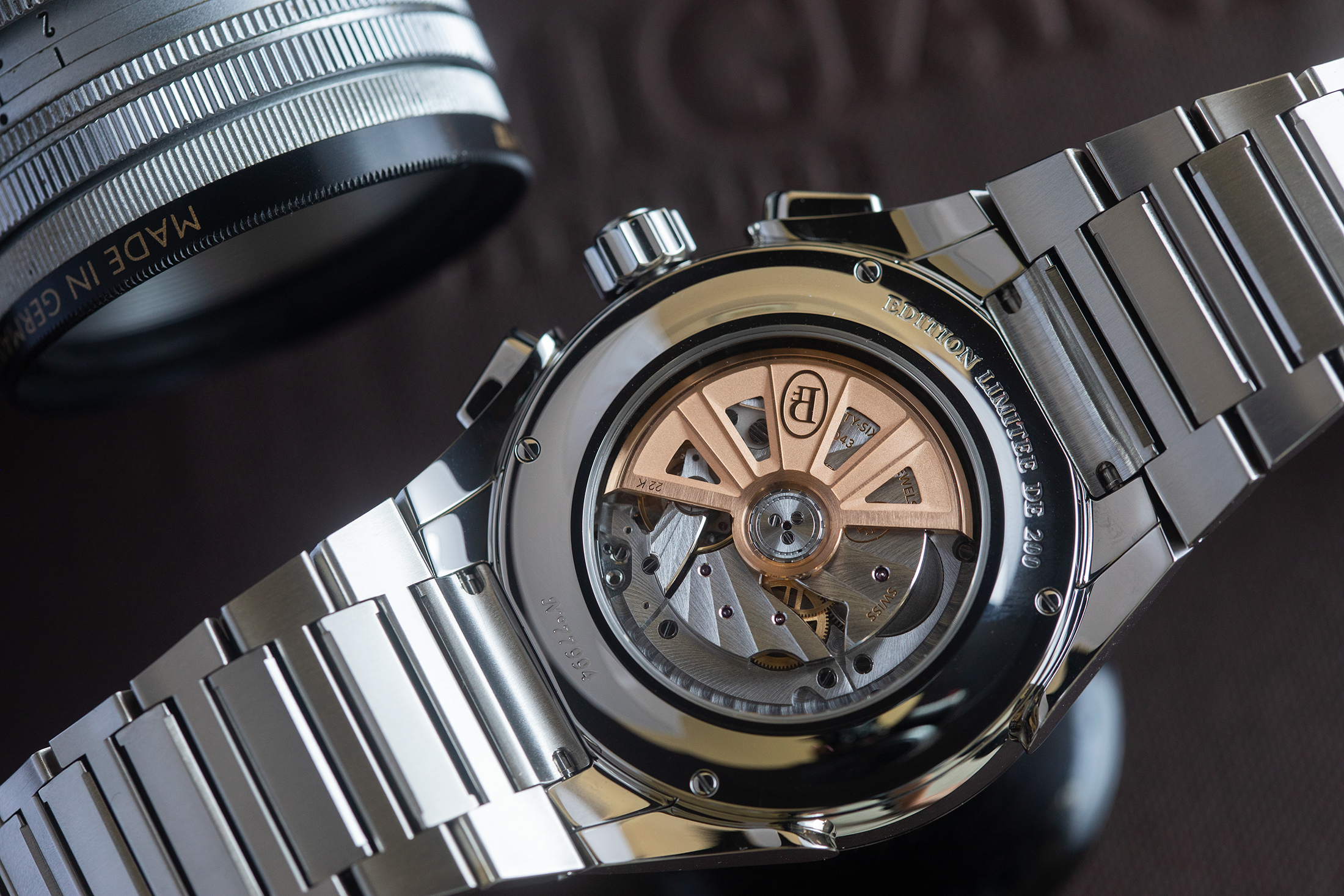
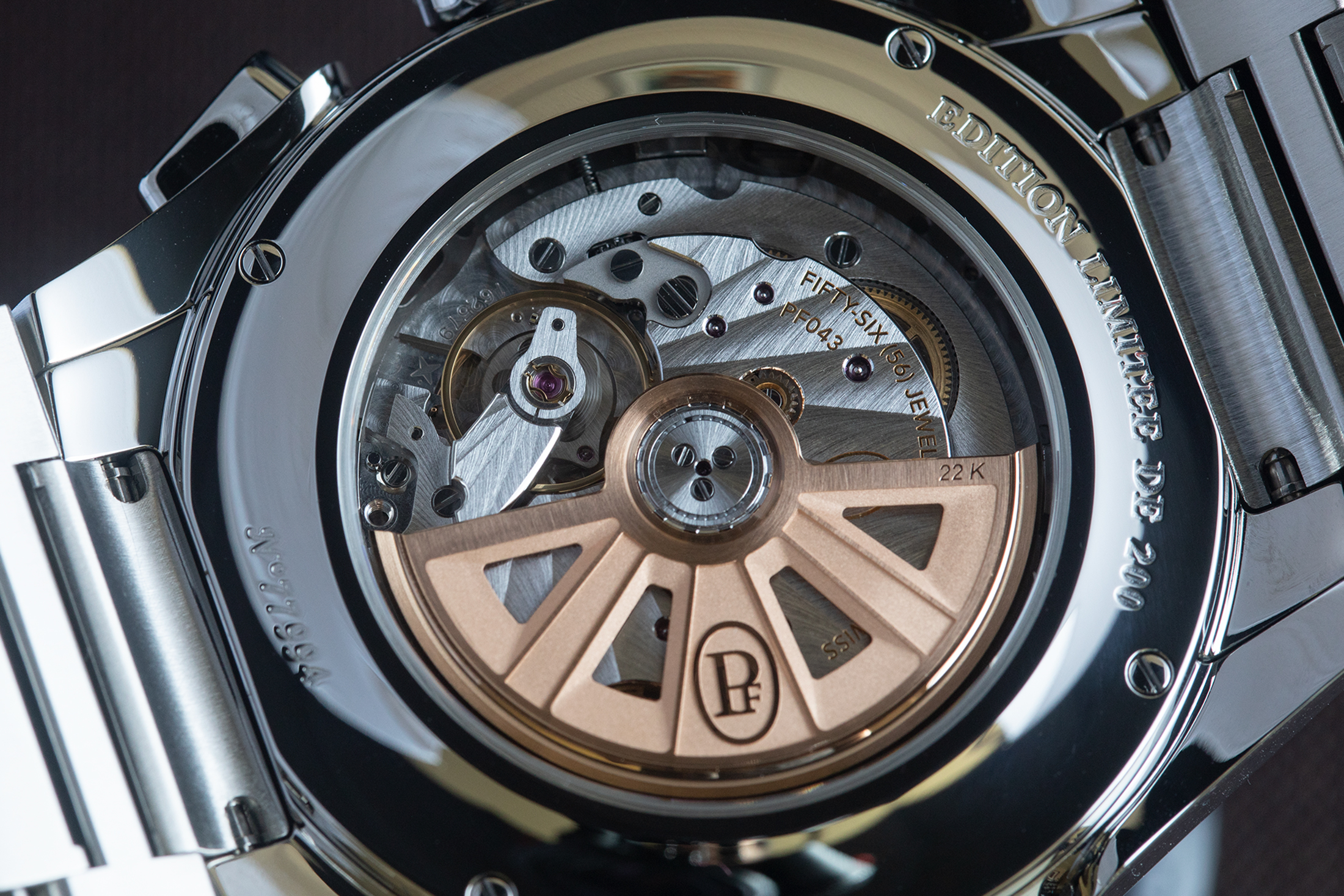


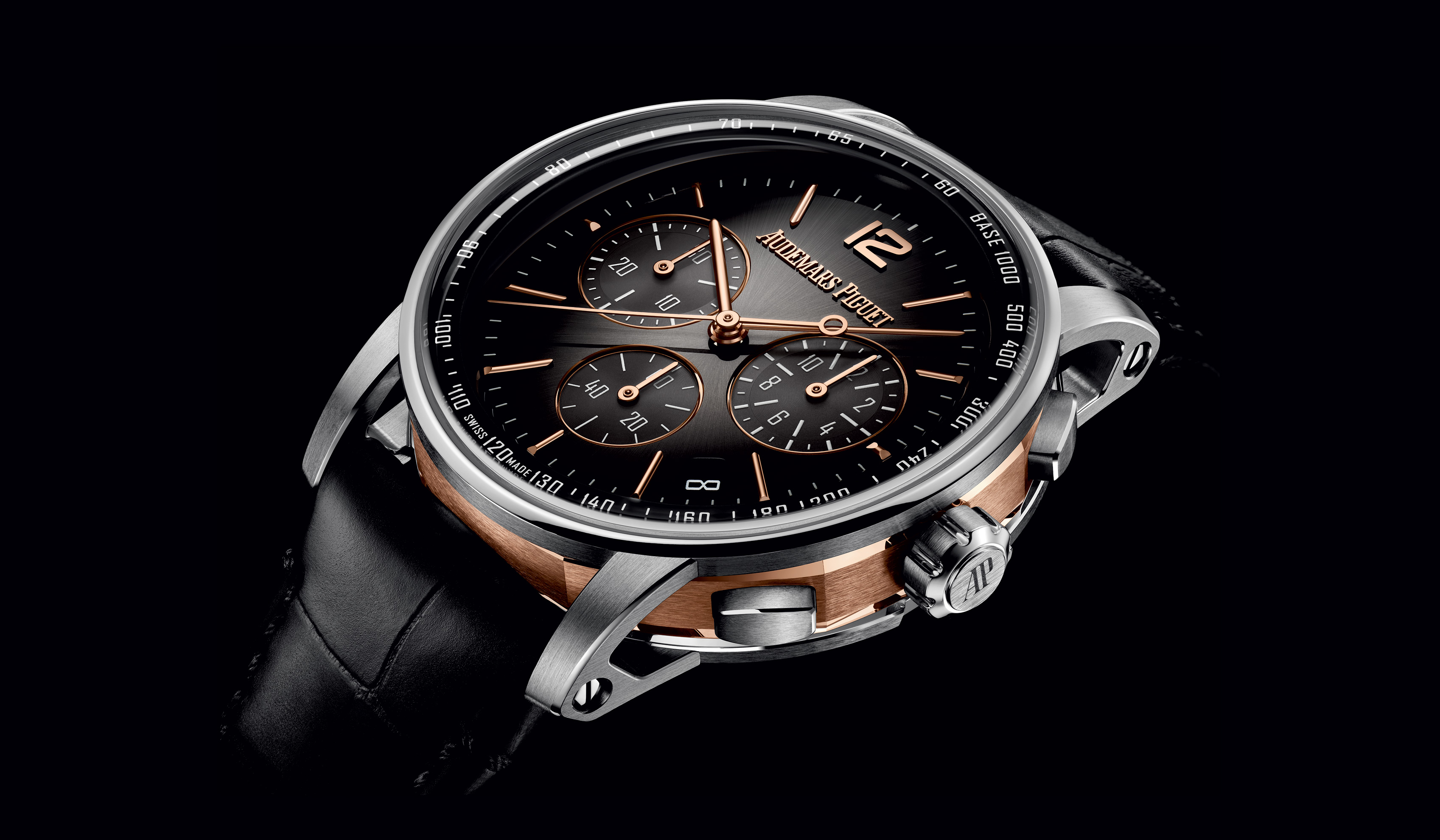







Top Discussions
Watch Spotting Scottie Scheffler Dons The Green Jacket A Second Time At The Masters Wearing A Green Rolex 'Hulk' Submariner Ref. 116610LV
Just Because Buying A Snoopy MoonSwatch At The Geneva Airport – And Making A Few Friends In The Process
Introducing Tissot Delivers A Three-Point Collaboration Seastar With The First Official WNBA Watch, Just In Time For The 2024 Draft